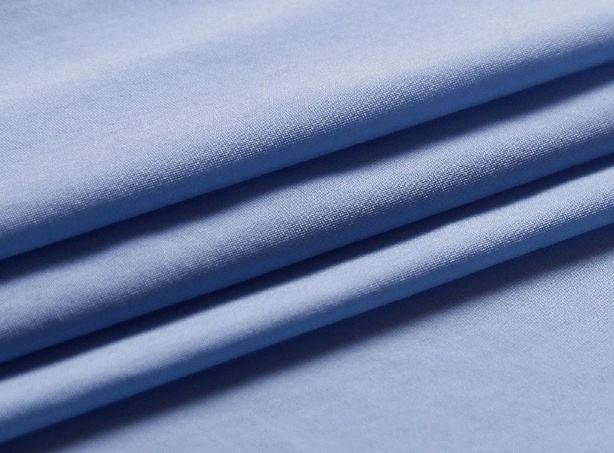What are the characteristics and uses of nylon filament?
Nylon filament is a continuous long filament. During the nylon manufacturing process, the spinning fluid is extruded from the spinning nozzle one after another, cooled by air or solidified in a coagulation bath to form a continuous filament. It is then subjected to post-processing such as stretching, twisting, or deformation for further processing. Nylon filament is commonly used in knitting and silk industry, such as weaving various wear-resistant nylon socks such as single stockings and elastic stockings, nylon scarves, mosquito nets, nylon lace, elastic nylon outerwear, various nylon fabrics or interwoven silk products.

Nylon filament is a synthetic fiber with the prominent advantage of higher wear resistance than all other fibers, 10 times higher than cotton and 20 times higher than wool. Adding a little nylon fiber to blended fabrics can greatly improve its wear resistance; The new polyamide fibers of nylon-3 and nylon-4 have the characteristics of light weight, good wrinkle resistance, good breathability, outstanding durability, dyeing and heat setting, and are therefore considered to have great development prospects.
Article source: Nylon colored yarn
-
05-27
The reason why fabrics containing spandex are prone to yellowing
Spandex is a commonly used fiber variety in our daily lives, characterized by good elasticity, low fineness, high elastic modulus (cracking elongation can reach 400-800), and low specific gravity. Spa
-
04-24
Colored non dyed nylon with synthetic fiber raw material
The current conventional fiber coloring mostly uses yarn dyeing method, which has long process, high loss, high cost, and the product has color difference and low color wash fastness. Yarn is prone to
-
03-26
What are the characteristics of non dyed spandex?
Non dyed spandex has also been widely used in recent years. Non dyed spandex fiber can be blended with fibers such as nylon, polyester, acrylic, cotton, wool, etc., which can give fabrics excellent el
-
02-24
The influence of yarn structure on fabrics
The basic characteristics of yarn include its appearance and shape, twisting characteristics, fiber transfer and distribution characteristics in the yarn, as well as the surface fuzz and internal loos
